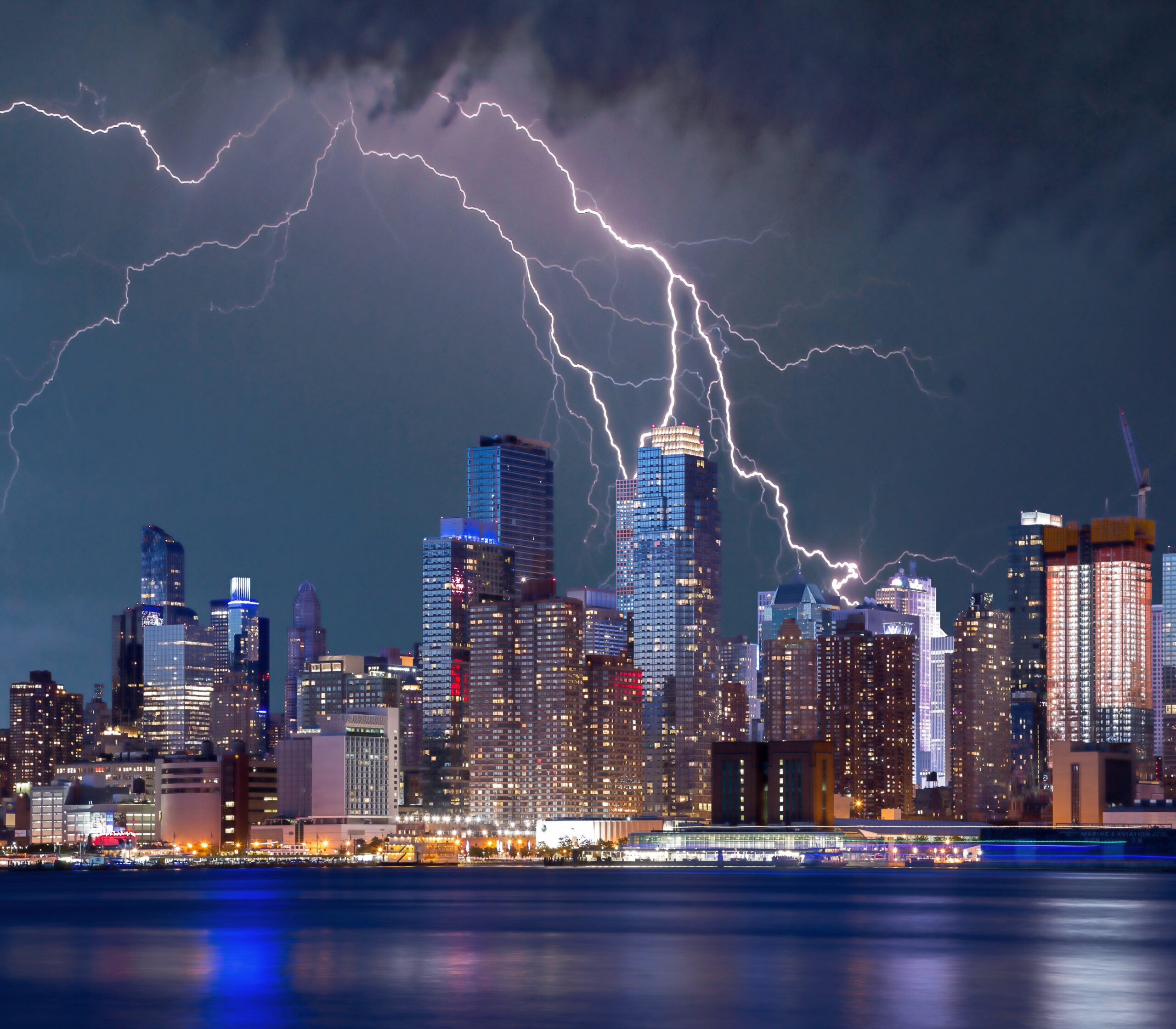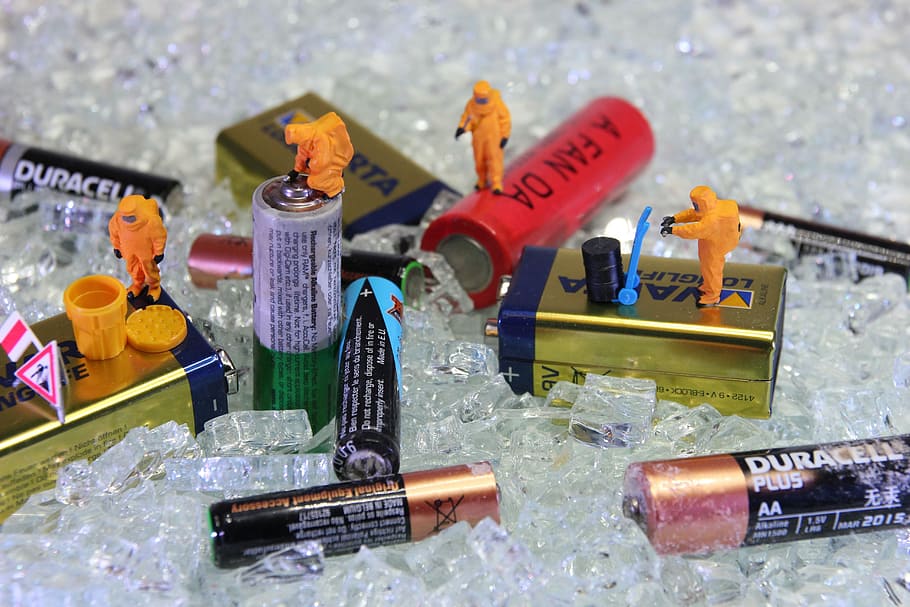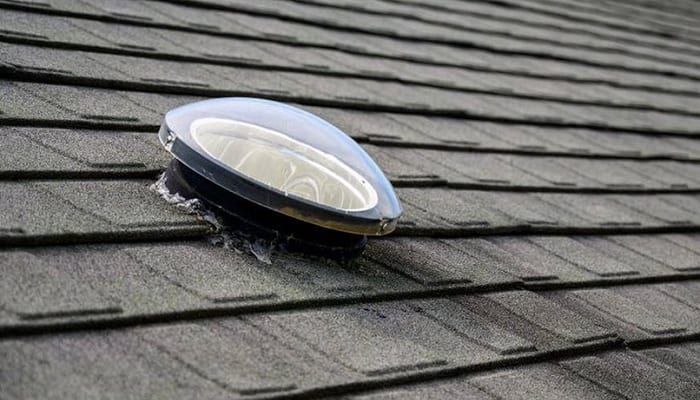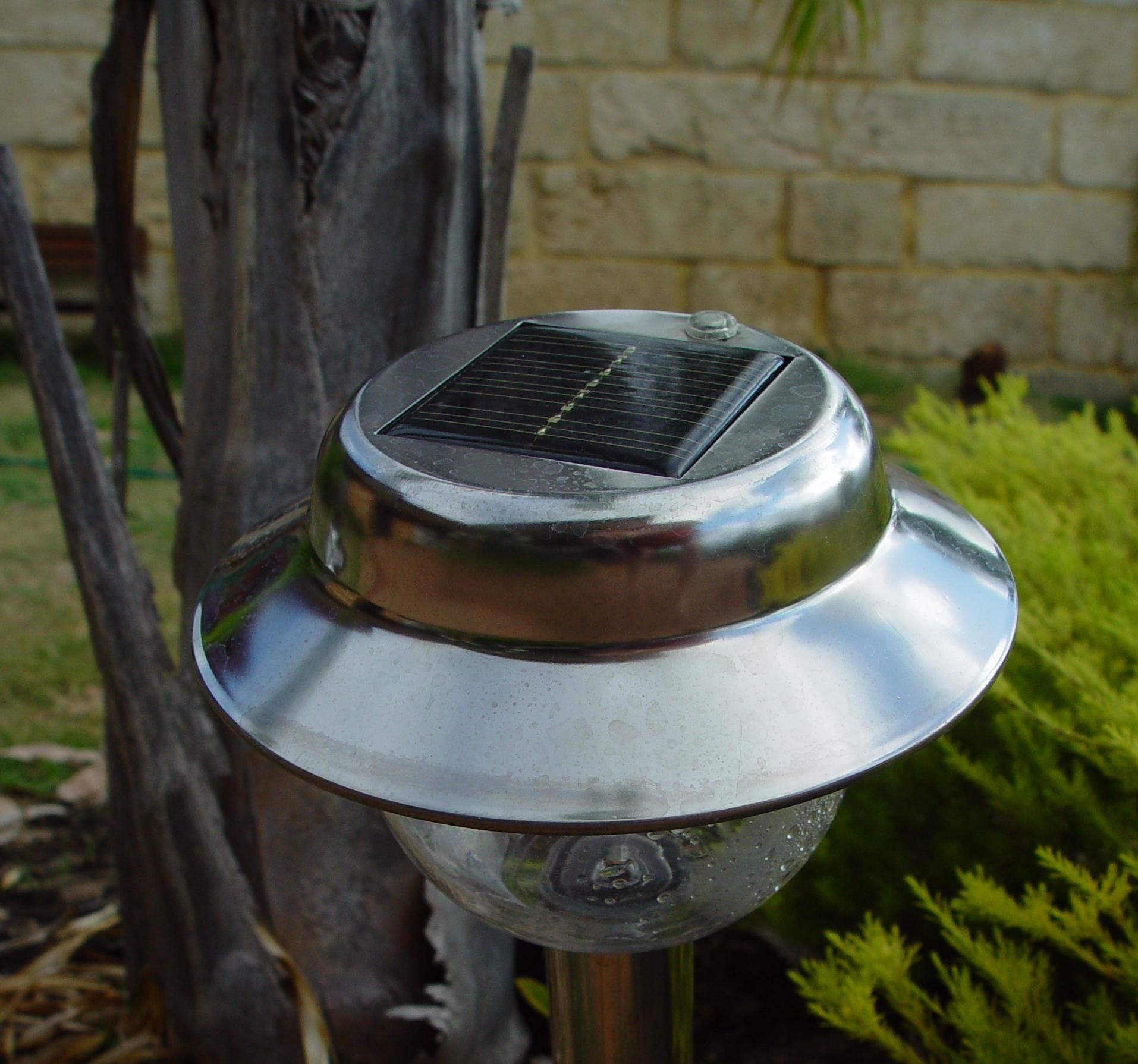If you have read my article discussing the myth that solar panels attract lightning, you will have a good sense of the type of damage that lightning can do to solar panels and their inverters. While the panels themselves do not actually attract lightning, neither do they make lightning less likely to strike. If you panels are unprotected and are hit by either a direct or indirect lightning strike the damage can be catastrophic. From fried electrical components, to fire hazards, to destroyed panels, a lightning strike can completely destroy your solar array if you are not careful. Throughout the rest of this article I will go over some of the reasons why you should invest in and how you can protect your solar panels from lightning, as well as some of the key things that people often overlook during the installation of their array. I hope you enjoy it!
Why should you invest in protecting your solar panels?
Like all home improvements, investing in a solar panel array is just that, an investment. And like all investments, you want to be as sure as possible that your investment is safe and protected. In some cases this might be getting earthquake or fire insurance, getting robbery insurance if you have lots of valuables, or in the case of solar panels, investing in features that protect your array from lightning strikes.
Lightning is one of the highest energy phenomena that occurs on earth with each strike packing a punch of around 300 million volts. This is around 2.5 million times as much electricity as flows through the typical 120 volt household outlet. That’s a lot of electricity! Because of this massive amount of energy that is concentrated into such a small area, a lightning bolt can have destructive effects if precautions are not taken. In our case, solar arrays can be fried rendering them useless, fires can be started from sparks and exposed wiring, or the panel itself can even be destroyed.
Solar arrays are expensive. On average the typical solar installation will cost around $12,000 with larger more complex designs going up to $20,000 or more. This is not an insignificant sum of money and it is important that if you decide to invest in solar that you also decide to invest in protecting it.

Do I always need to protect my solar panels?
This is a difficult question and depends a great deal on your personal risk tolerance and your home’s location. Of course, if you live in a place like Southern California the risk of a lightning strike, let alone a lightning strike near your solar panels is slim. In this case I would argue that it is probably ok to forgo lightning-proofing your solar panels. However, if you live somewhere where lightning strikes are more common, like Texas for example, then I would argue that you should seriously consider investing in equipment to protect your solar investment from the potential damage of a lightning strike.
Like with all other types of insurance, protecting your solar panels really comes down to your own personal decision. For me, I always like to install lightning protection on my solar arrays. The peace of mind I get from knowing that I have protected my investment is, to me, always going to be worth the extra cost of installation. For others that might not be the case. However, for my profession recommendation I would argue that the extra cost of installing lightning protection will always be worthwhile. Most solar arrays are insured for 25 years, if you want to bet on not getting a lightning strike close to your solar array for that long of a time period then lightning protection might not be the right decision for you. But, 25 years is a long time, and I believe that over that time period it will be well worth it for you to invest not only in sustainable energy but protecting the production of that energy as well.

How do I protect my solar panels against lightning?
Now that we have established that it is probably a good idea for everyone to invest in lightning protection, the question now becomes: How do I actually go about protecting my solar panels from a lightning strike? This is a multistep process and I will share all of my knowledge about what you need to do to protect your solar panels from lightning, but first I think it is important that we understand lightning itself a little better.
Lightning is volatile by nature and since our ancestors first looked up at a storm thousands of years ago the raw power of lightning has been capturing the imagination of humans and animals alike. Back then gods were thought to be the cause of lightning, however overtime we have gained a deep understanding of what causes lightning, though we are still unsure as to how this process occurs. In the early phases of a lightning strike, air acts as an insulator between negative and positive charges in clouds, and the ground. Overtime, as these opposite charges build up the insulation provided by the air wanes until the charges reach a critical level. At this point, the insulation breaks down and lightning is produced. This instantaneous burst of energy temporarily equilibrates the charges allowing air to once again insulate the process. This cycle repeats until stability is restored. If you would like a more in depth explanation of the lightning process I highly recommend this video by Pecos Hank which does an excellent job of walking you through the lightning process.
During a lightning strike, air around the bolt of lightning will temporarily be heated to ridiculous temperatures of around 50,000 degrees F, this is hotter than than the surface of the sun! In addition to this crazy temperatures, lightning is also filled with millions and millions of volts of electricity which can do massive damage to the electrical components of your solar array. Now that we know a bit more about lightning and how it works, let’s get to what you really want to know, how to protect against these strikes.
The number one most important aspect of lightning protection is protecting against the huge surge of electricity that accompanies a lightning strike. In most places a direct lightning strike to your solar panels is quite unlikely, however the surge from an indirect hit can be just as damaging. As a lightning bolt hits the ground, the 300 million volts in the bolt are dispersed nearly instantly, which can easily fry nearby electrical devices including solar panels. Installing a surge protector will save your panels from the dangers of an indirect strike. A surge protector absorbs and dissipates the electrical charge in a controlled manner thereby stopping your panels from dealing with a huge jump in current.
Protecting from a direct lightning strike is far more difficult due to the power contained within a lightning strike. Because of this most solar installers will agree that trying to prevent a direct hit is far more important than protecting from a direct hit. There are numerous different ways to prevent a direct lightning strike but a very common method is to install a lightning rod. A lightning rod is a copper rod that extends above your home and attracts lightning. It then dissipates the energy of the bolt and transfers the electricity safely through your home and to the ground. Depending on your specific location needs your solar installer will likely provide you with a number of different options for how you can protect your solar panels from a lightning strike.
Conclusion
I hope that after reading this article you have learned a little bit about the power of lightning and the importance of protecting your solar panels from the possibility of a lightning strike. Solar panels are a long term investment and as such you should take the necessary steps to ensure that your panels are protected from the things that could damage them. Thanks so much for reading, if you have a recommendation for what you would like us to write about next please leave it in the comments down below and we will get to it as soon as possible!
Frequently Asked Questions
How do I protect my inverter from lightning?
The best way for you to protect you solar inverter from a lightning strike is to use a surge protector to dissipate the electrical charge of the lightning strike in a safe manner.
Can lightning strike a solar panel?
Lightning can strike anything, solar panels included, however a direct lightning strike to your solar panels is quite rare. To protect against a direct strike, a lightning rod or some other lightning deterrent is highly recommended for people with solar panels in a high volume lightning area.
Do solar panels need surge protectors?
While not required, it is highly recommended that when you install solar panels you include surge protectors as well to protect your array from things such as lightning strikes.



